
Nava Narasimha
etad ya adi-purusasya mrgendra-lilam
daityendra-yutha-pa-vadham prayatah patheta
daityatmajasya ca satam pravarasya punyam
srutvanubhavam akuto-bhayam eti lokam
Prahlada Maharaja was the best among exalted devotees. Anyone who with great attention hears this narration concerning the activities of Prahlada Maharaja, the killing of Hiranyakasipu, and the activities of the Supreme Personality of Godhead, Nrsimhadeva, surely reaches the spiritual world, where there is no anxiety.
Narada Muni, Srimad-Bhagavatam 7.10.47
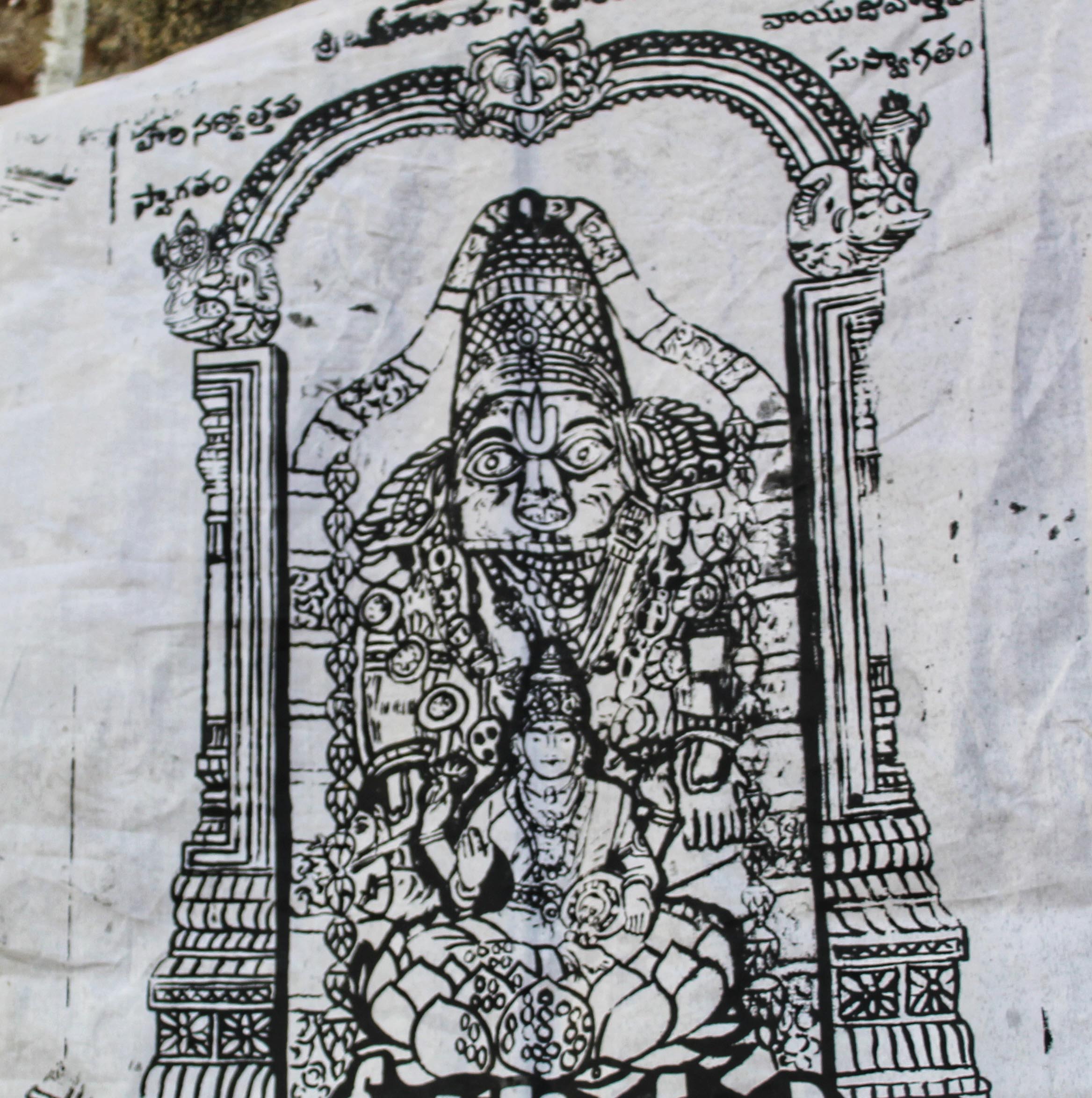
SRI AHOBILA NARASIMHA
garudadri guhagehe gajakhundasarittate
hiranyasthaanvahankaarhaari simhaya mangalam
This is the main and the oldest temple among the nine temples in Ahobilam. This shaligrama form of Ahobila Narasimha is fierce (Ugra) and is in the sukhasana pose. He is seen tearing apart the chest of Hiranyakashipu. In front of the Lord is Prahlada. Lord’s eternal consort Srimati Chenchu Lakshmi is also giving darshan to the devotees. She is seated in padmasana.
SRI KRODA NARASIMHA
varahkundey medhinyai varaahaarthapradhaayiney dhanthalagna hiranyaksh dhamshtra simhaaya mangalam
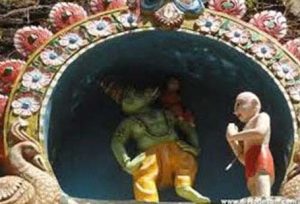
Along with Sri Kroda Narasimha, one can also have darshan of Sri Lakshmi Narasimha in this temple. Lord Narasimha is seen as though He is trying to gently pacify Lakshmidevi. Lord Narasimha had developed attachment to Chenchu Lakshmi, which annoyed Lakshmidevi, hence the Lord is pacifying Her. Here one can also have darshan of Sri Varaha Tirtha. The temple of Sri Krodha Narasimha requires a bit of trekking. Devotees must walk further from the Ahobila Narasimha Temple, along the banks of Bhavanashini River to reach this temple.
The first Jeeyar of the Ahobilam mutt expounded on the Sribhashya and delivered Bhagavad-gita Kaalakshepam to the then 74 simhasanadipatis near this place.
SRI MALOLA NARASIMHA
vaarijaavaaritha bhayay vaneepathi mukhaiswarai mahithaaya mahodhaara malolyasthu mangalam
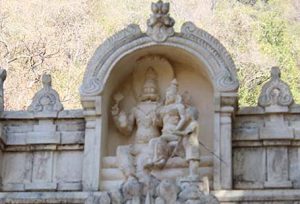
There was a young devotee named Srinivasacharya at Melkote. One day Lord Lakshmi Narasimha appeared in his dream and ordered him to come to Ahobilam, take sannyasa and carry on his future mission from Ahobilam. Young Srinivasacharya could not believe his dream and rushed to his guru, Sri Ghatikasatam Ammal who was also known as Varada Vishnuvarcharya and sought his instructions. He immediately told Srinivasacharya to follow the order of the Lord without any delay.
Blessed by his guru, Srinivasacharya rushed to Ahobilam. There he was received by Mukundaraya, a local chieftain, who also had an order from the Lord to receive Srinivasacharya at Ahobilam. Lord Narasimha appeared before Srinivasacharya in the form of a saint and initiated him into the sannyasa ashrama and also formed the Ahobilam Mutt. The Lord awarded him the name – Sathakopa Jeeyar. He instructed him to go door to door to preach the message of Vaishnavism, and take along with him the utsava murthy of the Lord. The Lord also wanted him to be the spiritual master of the disciples.
Sri Sathakopa Jeeyar was confused as to which utsava murthy he has to carry with him. The Lord had instructed him to take utsava murthy but had not told which utsava murthy. He started meditating on the Lord requesting Him to choose the utsava murthy. Immediately the utsava murthy of Sri Malola Narasimha came from the temple flying to his hands. The utsava murthy of Sri Malola Narasimha is adorned with a Paduka indicating that the Lord is ready to proceed on a tour. Since then the utsava murthy of Sri Malola Narasimha has been travelling with the Jeeyars of Ahobilam Mutt and has been blessing devotees with the mercy and devotional service.
SRI JWALA NARASIMHA
hiranyashtambha sambhuthiprakhyat paramaatamaney prahladhaarthimushey jwaala narsimhaya mangalam

This is the exact place where Lord Narasimha killed Hiranyakashipu. It was here that the anger of Lord Narasimha was on its pinnacle. The Deity of Lord Narasimha here is seen tearing Hiranyakashipu with His radiant nails. There are other two forms of the Lord – Sthanu Narasimha (emerging out of the pillar) and Veera Narasimha (fighting with Hiranyakashipu).
There is a small pond near this temple called Rakta Kunda Tirtha. Here Lord Narasimha washed His blood-stained hands and hence the color of the water of this kunda turned red. Today also one can see the red stains around this tirtha. The water of this tirtha is crystal clear and is very sweet.
SRI YOGANANDA NARASIMHA
chathuranana chetobja chitrabhaanu svaroopine vedadri gahavarasthaaya yogaanandaaya mangalam
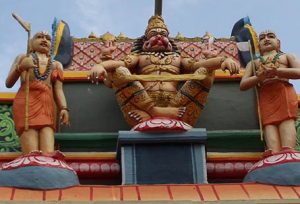
SRI CHATRAVATHA NARASIMHA
haahaa hoohoo vakya gandharva nrittageetha hritaatmaney bhavahantritat chathravataimhaya mangalam
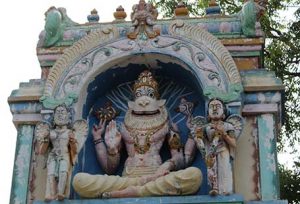
SRI PAVANA NARASIMHA
bharadwaja mahayogi mahapaathaka haariney thaapaneeya rahasyartha paavanayasthu mangalam
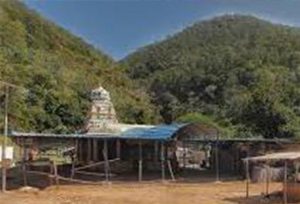
This temple lies quite far in the midst of the forest. Devotees climb many steep steps to reach this temple. The steps begin from behind the temple of Sri Ahobilam Narasimha. Alternatively devotees can also visit this temple via local jeeps. However I would recommend you to climb stairs and take a walk as the route which jeeps use has no road. Do not visit this temple after 5 pm as it gets very dark and the forest houses wild animals.
SRI BHARGAVA NARASIMHA
bharagavakhya tapasveesa bhaavanaa bhaavithathmaney akshaya theera theerthastu bhargavayaasthu mangalam
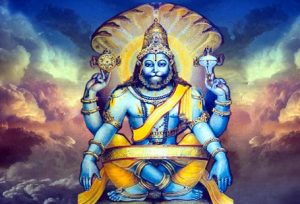
Parashurama then requested Narasimhadev to manifest Himself in that form. And from then on the Lord is being worshiped here and is known as Sri Bhargava Narasimha Swamy. This is one of the most ferocious forms of Lord Narasimha in Ahobilam. This temple is located on the banks of Akshaya Tirtha which is considered on par with the sacred Pushkara Tirtha. Parashurama would bathe in this kunda and use this water for the worship of Lord Bhargava Narasimha. Sage Vasishtha and other sages had performed penances here. One can also have darshan of Prahlada at the lotus feet of the Lord. This temple is surrounded by a thick forest and can be reached only via local jeep or the autos as the route is like a mountainous terrain.
SRI KARANJA NARASIMHA
karanjamoole maatharaste yathra
saarangaschakra dhrutham gobhoo hiranya
nirvinna gobila gnyanadhayiney prabanjan
sunaaseera kaaranchaayasthu mangalm
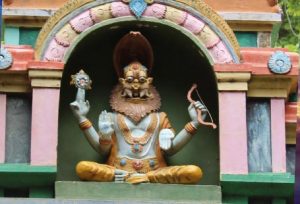
Sage Gobila had been cursed by Durvasa Muni and had become a dullard. He worshipped the Lord by reciting the Narasimha Mantra. The Lord was pleased and blessed the sage that as before he would become very learned and that in due course he would attain liberation. Since then devotees who seek knowledge come and worship the Lord here.
